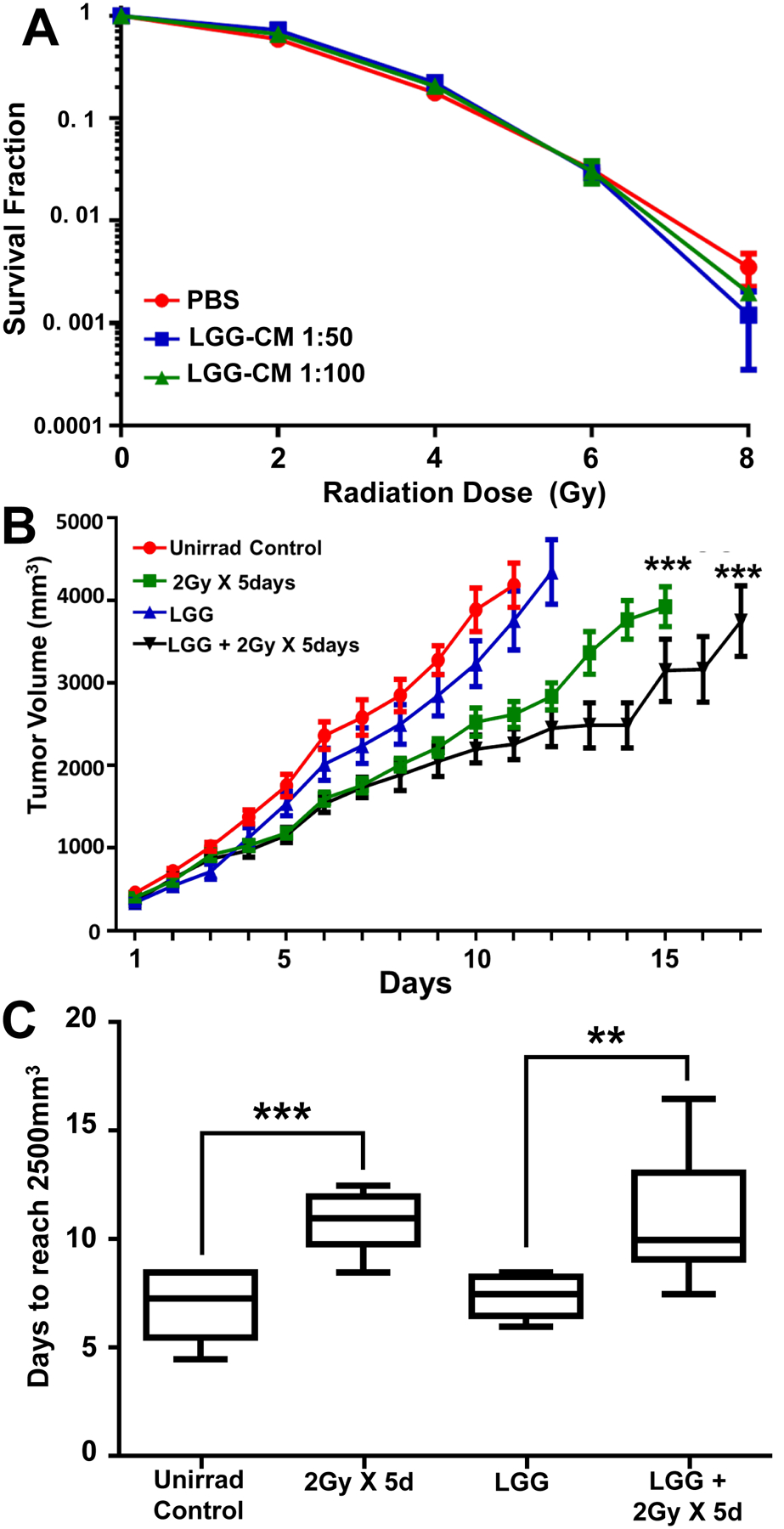Fig. 7. LGG-CM is not radioprotective of CT26 colon cancer cells in vitro or in vivo.

(A) Cells were plated in 10% FBS RPMI media and left to attach overnight, Media was changed to LGG-CM at 1 hour before irradiation. Media was again changed at 1 hour after irradiation back to 10% FBS RPMI and cells allowed to grow for 5 days. Cells were fixed with 70% ethanol and stained with 1% methylene blue. (B) LGG does not provide radioprotection to CT26 cell tumors grown in mice. CT26 cells (7.50 × 105) were injected into the flanks of mice and allowed to grow for 7 days, at which time mice were stratified into four treatment groups, each representing similar distributions of tumor size. Mice were treated once a day for 6 consecutive days with vehicle (groups 1 and 2) or LGG (groups 3 and 4) by gavage. Mice in groups 2 and 4 also received 2Gy of radiation to the tumor alone on days 2 through 6. Tumor volumes were measured with a digital caliper. ***P<.0001 compared with unirradiated controls using Tukey’s multiple comparisons test. (C) Data from B showing that tumors in irradiated mice take 40% longer (10.5 days) to reach 2500mm3 compared with tumors in unirradiated mice (7.5 days).Data are means ± SEM for 10 mice per treatment group. **P<.003, ***P<.0001 compared with unirradiated controls.
